Lesson Note for Nursery 1, Nursery 2, Nursery 3, & kindergarten
Lesson Plan on Sitting Up
Theme: Adjusting to School Life
Topic: Sitting Up
Sub Topic: Sitting Up
Date: dd/mm/yyyy
Class: Nursery 1, 2, 3 & kindergarten
Duration: 35 Minutes
No of Learners: 20
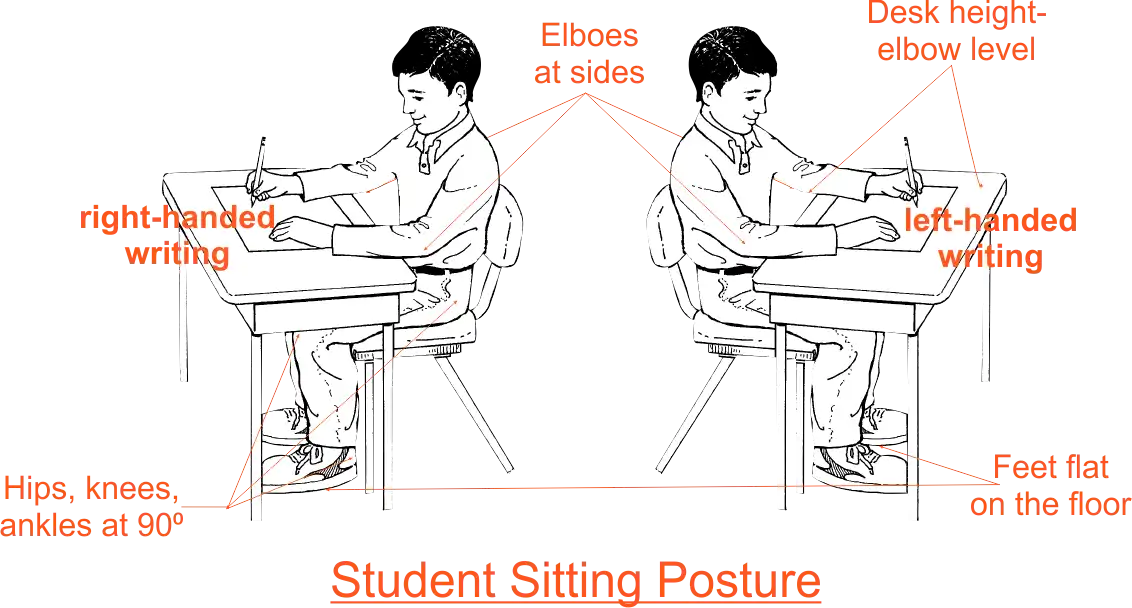
Learning Objectives:
By the end of the lesson The teacher, guardians and Kids should be able to:To determine whether children are right-handed writers.
Observe each child playing with objects in the classroom. Make a notation as to which hand he or she uses to complete various tasks such as holding a crayon, throwing a ball, holding a spoon, and so on.To determine whether children are left-handed writers.
Observe each child playing with objects in the classroom. Make a notation as to which hand he or she uses to complete various tasks such as playing with a hand puppet, throwing a ball, holding a drinking carton, and so on.To develop correct right-handed writing positions.
If a child is right-handed, teach him or her to write with that hand. Children should sit erect with their feet flat on the floor. The child’s hips should be well back in the seat so that the body is not too close to the desk or table. Both of the child’s forearms should rest on the desk at an angle.To develop correct left-handed writing positions.
If a child is left-handed, teach him or her to write with that hand. Children should sit erect with their feet flat on the floor. The child’s hips should be well back in the seat so that the body is not too close to the desk or table. Both of the child’s forearms should rest on the desk at an angle.To ensure proper holding/gripping of pen or pencil.
Have them hold the pencil loosely between the thumb and middle finger and about one inch above the point. Children who are having difficulty using this traditional method may prefer the alternate method of holding the pencil between the first two fingers.To ensure correct paper/book placement.
The model correct paper placement is that the paper/book should be straight in front of the child with edges parallel to the edges of the desk.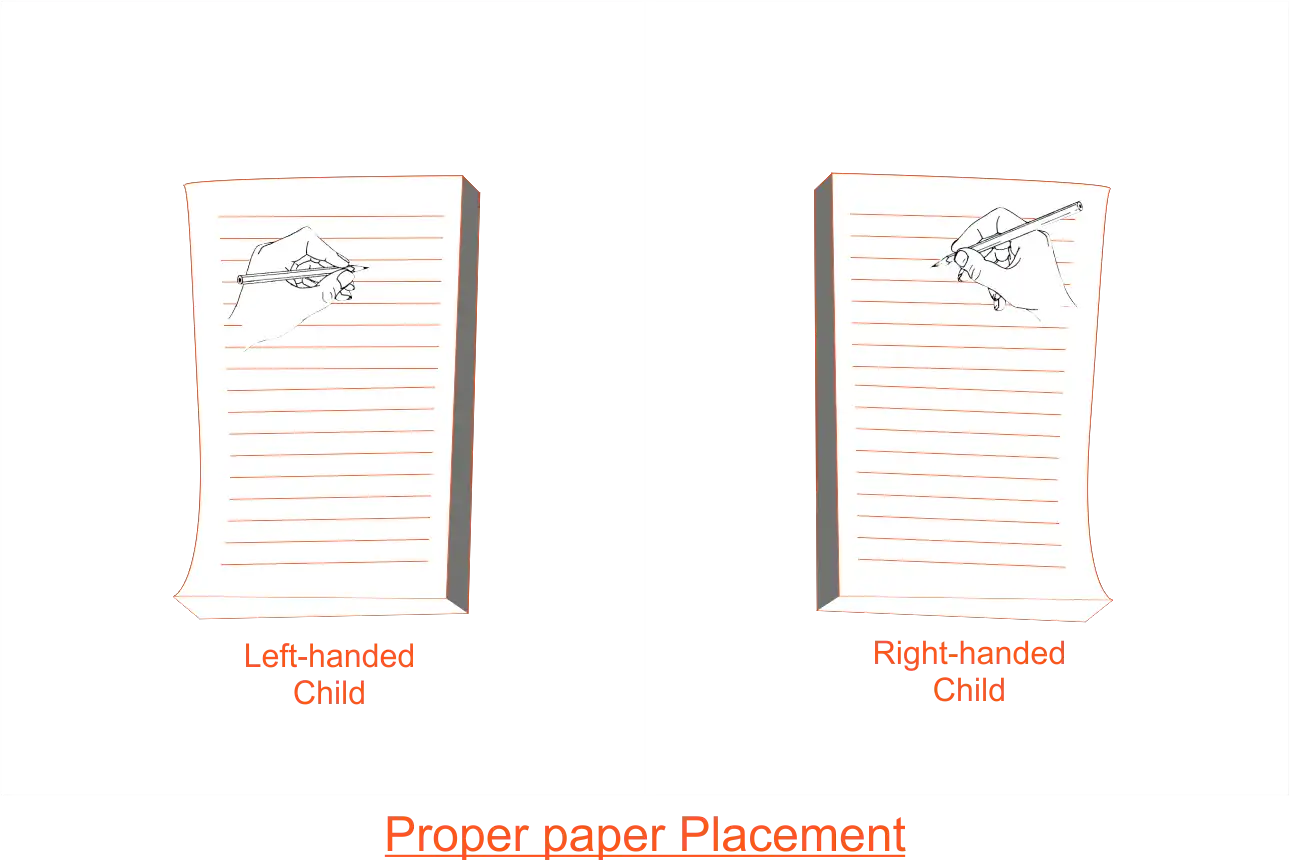
ALTERNATIVELY,
For right-handed children, the paper or book should be to the right of an imaginary line running through the centre of the body. For left-handed children, it should be to the left. The paper or book can be slanted as shown in the diagram below.Ensure that chair and desk (or table) height are appropriate in size.
This allows for a better visual presentation of materials. More importantly, when neat handwriting is required, the hands grasp more functionally when correct sitting posture is encouraged. Having the feet flat on the floor gives stability to the lower body and the core. Stability is necessary for adequate mobility of the hands. This reduces fatigue and allows the hands to move more freely (and it helps reduce excessive pencil pressure in some kids).- Your learner’s chair size should allow:
- Feet flat on the floor
- Ankles at a 900
- Knees at a 900
- Thighs parallel to the floor
- Hips at a 900
- The lower back should have a slight inward curve
- Your learner’s desk/table height should allow:
- Shoulders relaxed
- Elbows resting gently along the sides of the body
- Surface height at elbow level (when elbows are resting at the sides), or up to 1-2 inches above elbow level (depending on the size of your student)
Note: Finding the correct surface height can be a challenge. Many desks and tables can be lowered. If the height is still an issue, a taller chair can be used with support under the feet.
Supports under the feet can include a sturdy rectangular box, an old thick book or Styrofoam wrapped in decorative tape, a stack of thinner books, or wooden blocks.
Adjust desk height and match chair size to help position your student as best as you can.
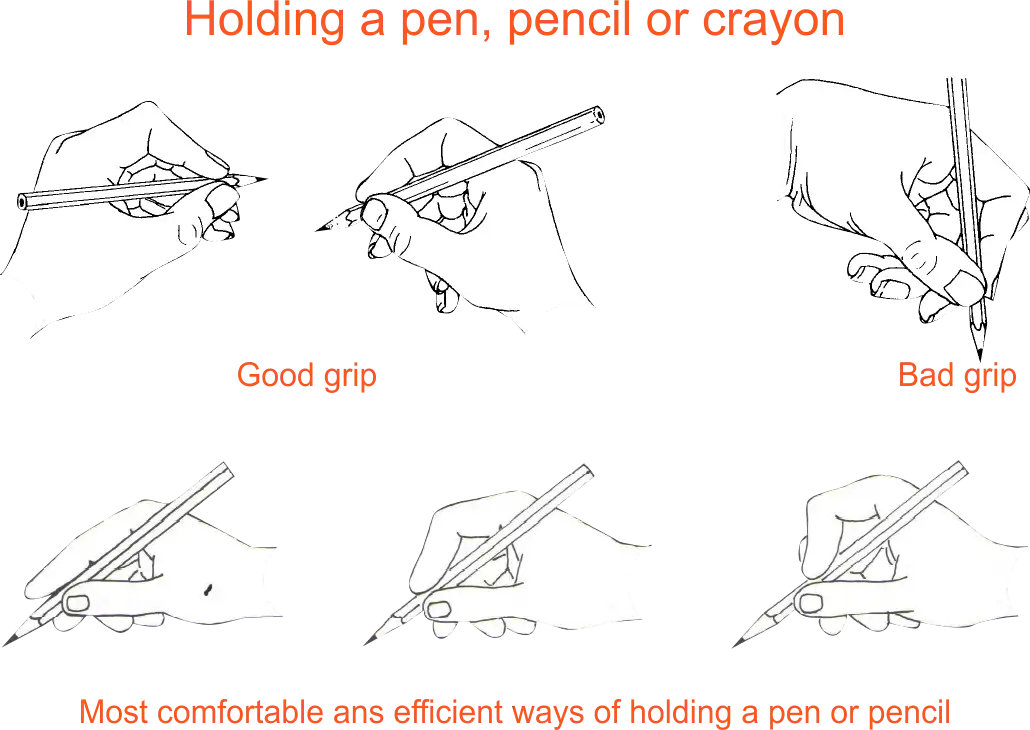
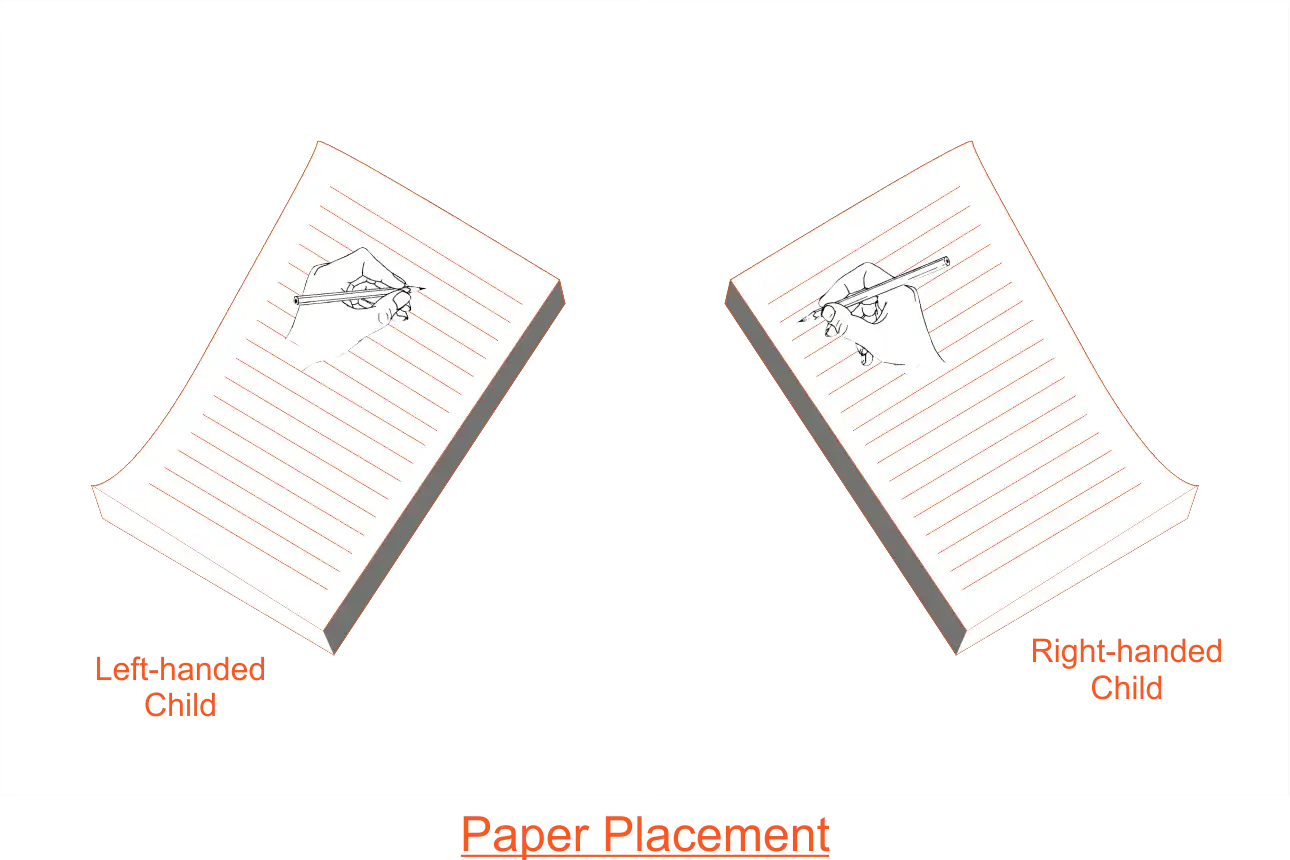
Rationale:
Correct sitting posture makes a difference in how your students use their hands for daily tasks. And, it makes a difference in how they’re attending and focusing. The eyes need an appropriate angle and presentation of learning materials. Proper sitting posture improves comfort, reduces fatigue, and allows the hands to work more functionally.Prerequisite/ Previous knowledge:
Learners had been adjusted to school life.Learning Materials:
Pictures, Video, Tv, Flashcards and charts.Reference Materials:
- “Growing Friendships: A Kid’s Guide to Making and Keeping Friends” by Eileen Kennedy-Moore.
- Internet/web
Lesson Development:
| STAGE | TEACHER'S ACTIVITY | LEARNER'S ACTIVITY | LEARNING POINTS |
|---|---|---|---|
| INTRODUCTION 5 mins |
The teacher does a 'warm-up' activity with the class so they are ready to work better:
|
The children do what the teacher does:
|
Warm-up activity. |
| DEVELOPMENT 10 mins |
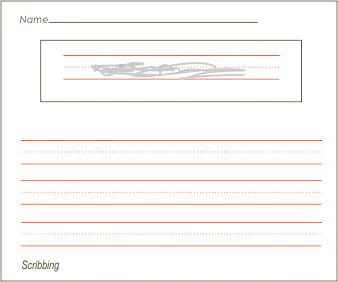
The teachers draw scribling patterns on the board or on a piece of paper for the children to copy from left to right. The teacher takes note of the following:
|
The children write the scribbling patterns on their notes.
|
Essential pre-writing skills
|
Step 1Furniture and seating |
|
||
Step 2Holding a pencil, pen or crayon |
The teacher ensures that for: RIGHT-HANDED CHILDREN
LEFT-HANDED CHILDREN
|
LEFT- or RIGHT-HANDED
|
|
| EVALUATION | The teacher gives children plenty of the following to do.
|
Children do other activities. | The teacher walks around the room as children practice to make sure they are modelling the correct posture for handwriting and the correct position of pencil and paper. |
| Conclusion | The teacher distributes lined paper and has children practice using their hands to write their names or favourite letters. | Children practice using their hands to write their names or favourite letters on lined paper. | |
|
|
|||
| ASSIGNMENT | The teacher gives the children a take-home. |
|
Parents and guardians to assist and contribute to children's sitting up. |